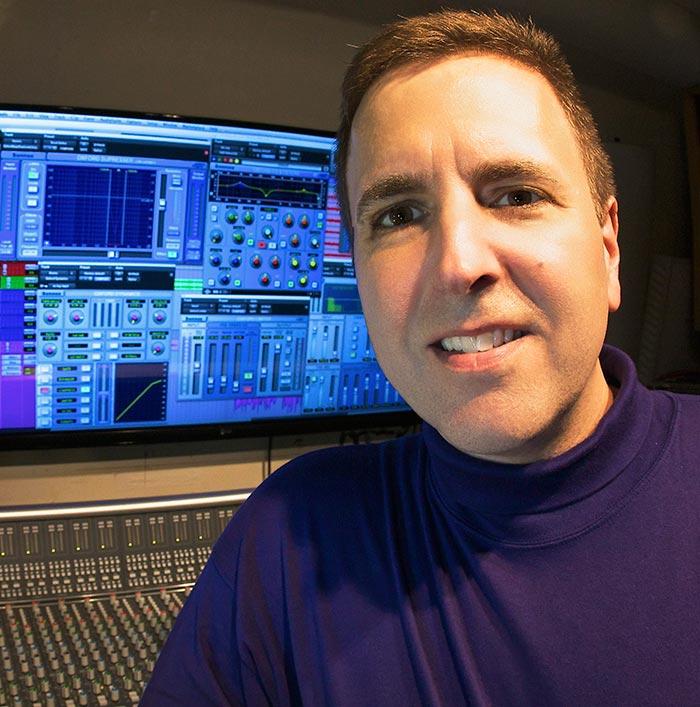Achieving the Ultimate Vocal with Peter Moshay
Multi-platinum, Grammy Award-winning engineer and mixer Peter Moshay has worked with some of the biggest names in music, including Hall & Oates, Barbra Streisand, and B.B. King. Currently, he's the sonic mastermind behind the hit series "Live From Daryl's House," where he records and mixes performances by Daryl Hall alongside guests like Keb Mo, Cee Lo Green, and Dave Stewart. We spoke with Peter to uncover his favorite techniques for achieving a standout vocal sound.

With artists like Daryl Hall, what is your basic vocal approach?
"Daryl is meticulous about his sound; he wants every bit of his dynamic expression to come through, and he works the mic like an almost perfect compressor. For his vocals, a gentle compression ratio of 2:1 or 3:1 with a soft knee VCA style works best. It's more about giving a subtle 'tuck' on the louder parts than heavy-handed control. The Oxford compressor, which emulates the classic DBX 160X but with even better sonic integrity, is my go-to. To handle sibilance, I use a light touch of the Sonnox SuprEsser.
It's more about giving a subtle 'tuck' on the louder parts than heavy-handed control. The Oxford compressor, which emulates the classic DBX 160X but with even better sonic integrity, is my go-to.
Sometimes, I’ll use two de-essers—one at the start of my chain and another at the end—because sibilance can need different treatments pre- and post-compression. This approach keeps the vocal front and center in the mix without any distracting high-frequency sounds."
How important is the headphone mix to a good vocal production?
"Headphone and monitor mixes are absolutely critical—they’re the most important part of any performance. If the artist isn’t inspired by what they’re hearing, their performance won’t be inspiring either. I take headphone mixes very seriously, making sure they’re so good that the artist says it's the best they’ve ever heard.
If you're engineering a session, always think, 'What would I want to hear?' I’ve seen too many engineers rush through setting up the headphone mix, just to get to the tracking quickly. This is a huge mistake. Take your time to dial in the effects and vocal tone perfectly for the singer. The right headphone mix can motivate them to deliver their best performance. After all, that’s what you’d want if you were in their shoes."
Which Sonnox plugins do you rely on to make your vocals punch through a mix?
"I rely heavily on the Oxford Reverb, Dynamics, EQ, and SuprEsser. Additionally, the Oxford Inflator is a game-changer, especially for achieving that 'full-bore' sound needed in modern, dense productions.
With today's DAWs, we have the power and latency compensation to handle multiple inserts without issue. A technique I often use is splitting the vocals onto separate tracks and processing each differently depending on the part of the song.
For example, in the intro, I might keep the vocal very open and intimate, with minimal processing and just a touch of ambience. In the verses, I’ll add medium compression, some SuprEsser, and a pre-delayed Oxford Reverb Plate to add depth. When it comes to the chorus, I go for a more 'in your face' compression, some Inflator for added excitement, and a big, wide pre-delayed Oxford Hall setting to maximize the drama of the vocal. This approach lets me mix each section independently, delivering the best-sounding production."
